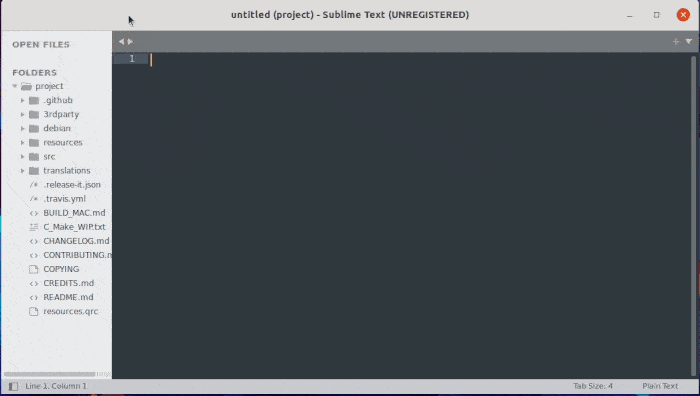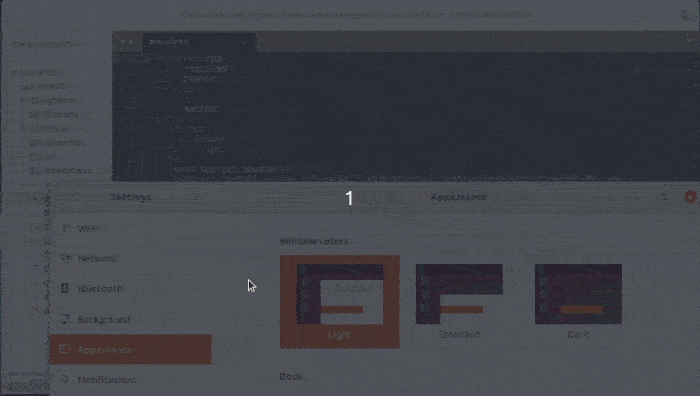The first stable release of Sublime Text 4 was finally released with refreshed UI and great new features.
The license has changed in since the release:
Sublime Text license keys are no longer tied to a single major version, instead they are now valid for all updates within 3 years of purchase. After that, you will still have full access to every version of Sublime Text released within the 3 year window, but newer builds will required a license upgrade.
The new release introduced multi-tab side by side view. By pressing and holding the ‘Ctrl‘ key, you can either select multiple files from sidebar or click tabs one by one to get them in split view.
Like system multi-files selection, you can also press and hold ‘Shift‘ key and then select from one file / tab to another.
Also it added native support for Apple Silicon processors, and ARM64 builds for Linux to run on devices like the Raspberry Pi.
Sublime Text 4 now has GNU rendering support. It’s enabled by default for Mac OS. Windows and Linux user can get it in the “Advanced” section in preferences using “hardware_acceleration” setting.
And auto theme switch is finally available in the code editor. It switches between dark and light themes automatically when you change the system theme. As well, the Adaptive theme now features custom title bars in Linux and Windows.
Other features in Sublime Text 4 include:
- Auto complete based on code in project.
- Built in TypeScript, JSX and TSX support
- Syntax highlighting engine improvements.
- Python 3.8 API update.
- Text drag and drop support for Linux.
- Proper Wayland support for Linux.
- Touch screen support for Linux.
- And tons more.
Download & Install Sublime Text 4:
Official packages for Mac OS, Windows are available to download at the link below:
For Linux users, it provides official apt repository for Debian, Ubuntu, Linux Mint based systems. And dnf repository for Fedora, yum repository for CentOS, pacman repository for Arch, and zypper for openSUSE. See the installation instructions for details.




























Recent Comments